To stand in front of a Yuree Kensaku (b. 1979) mural delivers a multitude of feelings. It's towering and it makes you feel small but you ultimately become part of that work. The Thai-Japanese artist's vast landscape elates you to a certain degree of glee or playfulness. That is until you're faced with the reality of where her works stand in the real world. You realize that her candy-colored hues and bright chromes are paradoxical commentaries of the world's greatest dilemmas.
A Chromatic Assemblage of Tragedies
"[My] main inspiration for being so creative on artworks would probably be various layers of going through [adversities]." Kensaku's universe is bright and bubbly but it's a direct echo of everything that goes on in the world around us. Her works, while mostly cluttered with joy and a deceptive high-spirited phantasmagoria, is inspired by a great deal of negativity. In each stroke, you'll find suffering and pain as sorrow is painted in pink and devastation, in yellows. While world drowns in all these, her personal experiences such as fear and seeing the world filled with violence first hand are most likely in the list of what drives the artist.
Kensaku looks from the inside out—experience being a kind teacher to the artist herself. "All these things are happening in both individual and social contexts," Kensaku shares. All occurrences in our physical world—be it willed by God or man—is translated on a vivid note in her works. Satirical in nature, Kensaku's works present tragedies in colorfully candy-coated techniques, all filled with radiant luster. In her show, Sweet At Mr. Fan at 100 Tonson Gallery, in Bangkok, we find an allegory of environmental issues such as global warming exhibited in eccentricity that's unique to her work.
In The Lense Of The Artist
What people in Kensaku's works are far from what she sees in them herself. As an artist, her vision is defined not simply with humor or incandescent sensibilities but with an unconcerned mentality that her works can be placed in whichever function or association without having to lose each work's identity. There's no specific identifier to what her works represent but a recurring motif on her works are bold commentaries of societal disputes. This is to say that Kensaku has a vision of her own on how the world revolves. But in each work, we find a fragment of the artist as a woman, as an artist. This gives us a glimpse at her creative process and how introspection takes plays a big role in it.
To see the whole picture, Yuree takes a step back from her subject and provides a fair-minded view of things. In Hot Pot Sweet Dream, a commissioned work for 4th Moscow International Biennale for Young Art in 2014, Kensaku displays a glimpse of hope in the chaos she found her home in. In between battles of administration and opposition, her countrymen lay helpless in the middle, thus its sequel, When the Elephants Fight, the Grass Gets Trampled. The exhibitions, however different and vibrant as her previous works, displays an achromatic view of the power struggle that takes place in her country that is Thailand.
The identification of her works, while present in other artistic works, takes any viewer in a world like no other. When faced with her life-sized creations, we seem to be looking at a mystical creature but at the same time find a place for ourselves beside each character. Their quirks are similar to that of ours and in that, we are embraced with comfort that it may not only be our world that's damaged; Yuree Kensaku's universe may be just as chaotic, only camouflaged in colors that it takes a keen inspection to see.


-2000-3000.jpg)
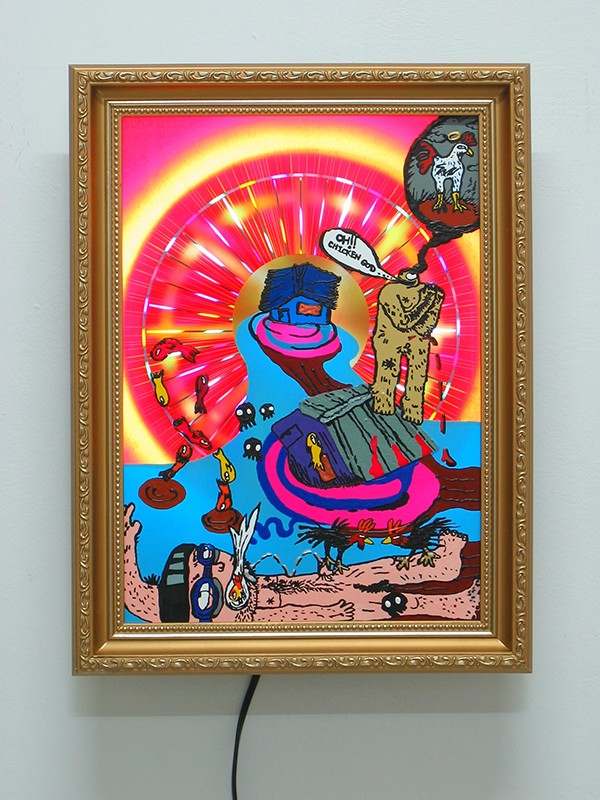
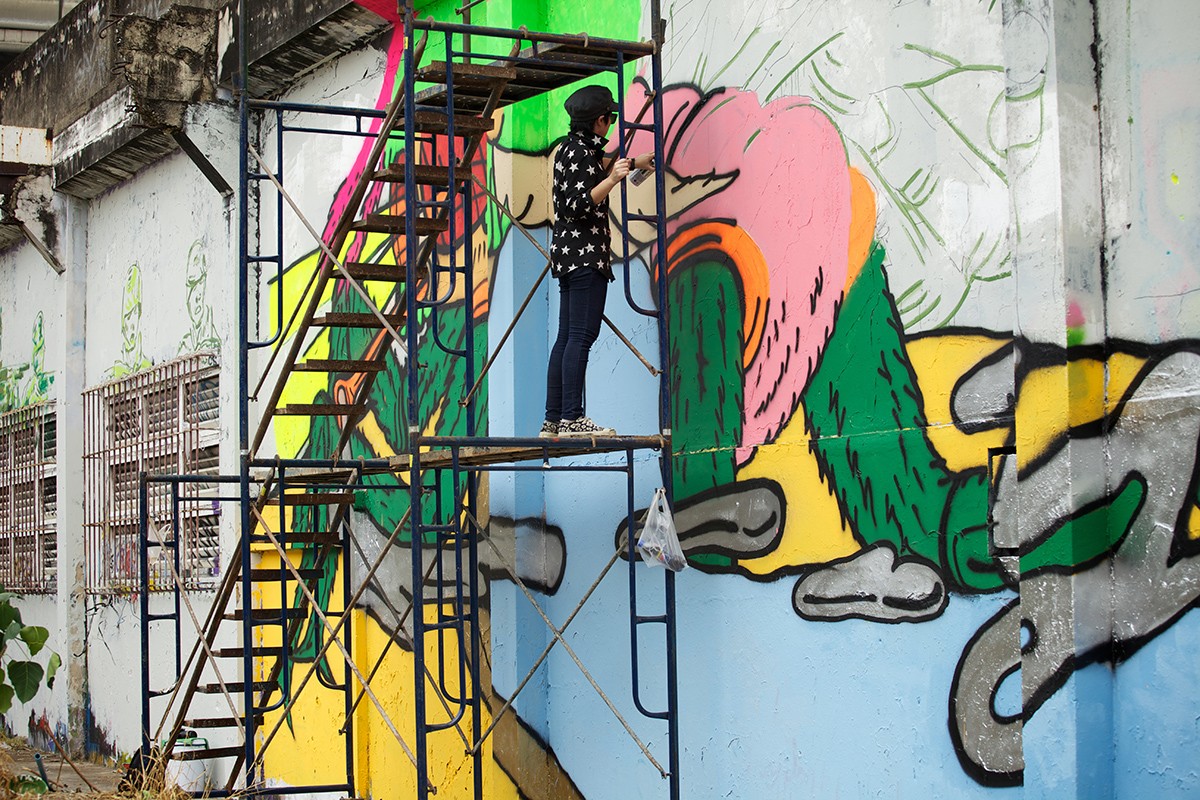
-2000-3000.jpg)
-2000-3000.jpg)
-2000-3000.jpg)
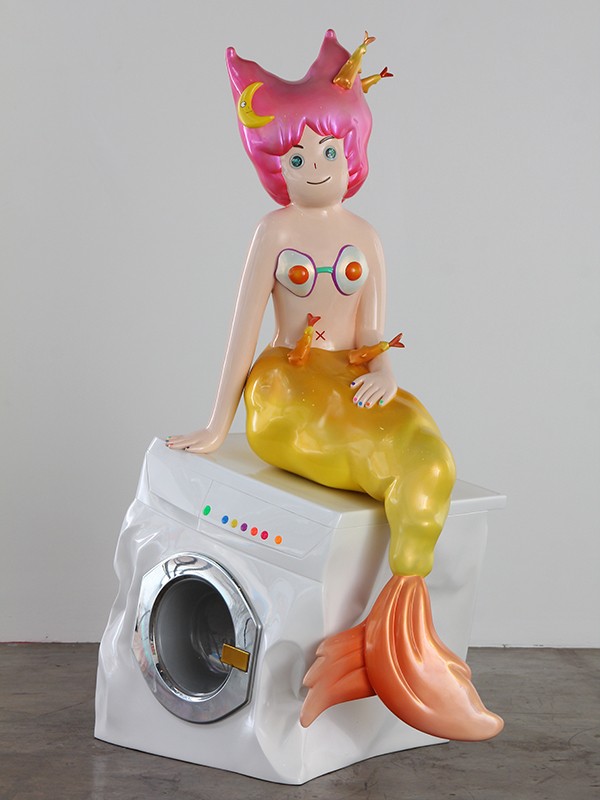
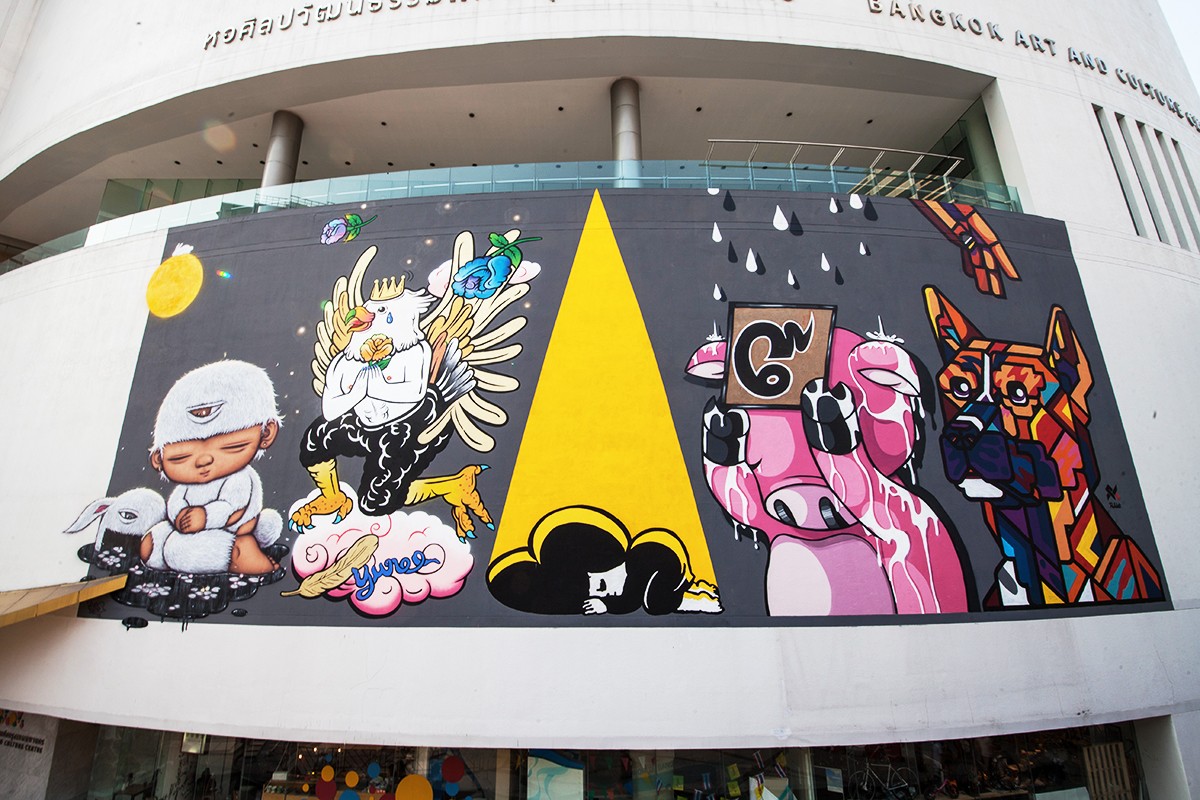
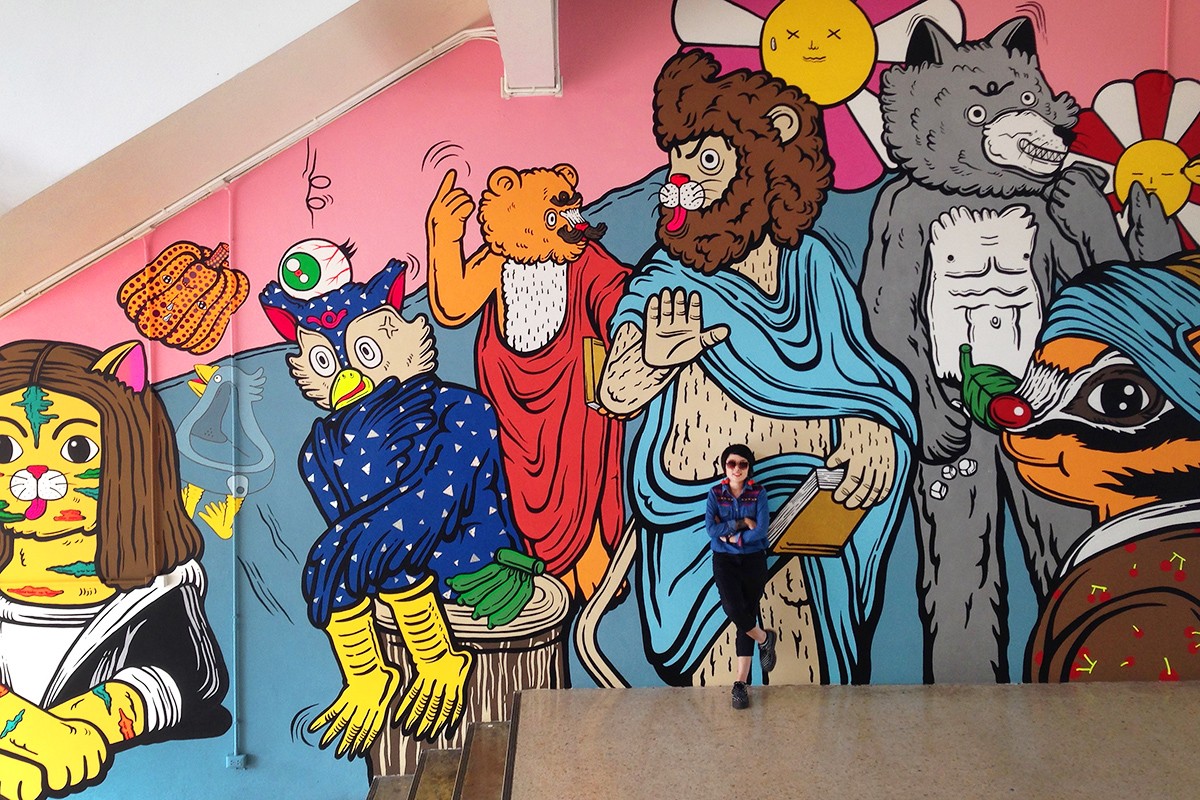
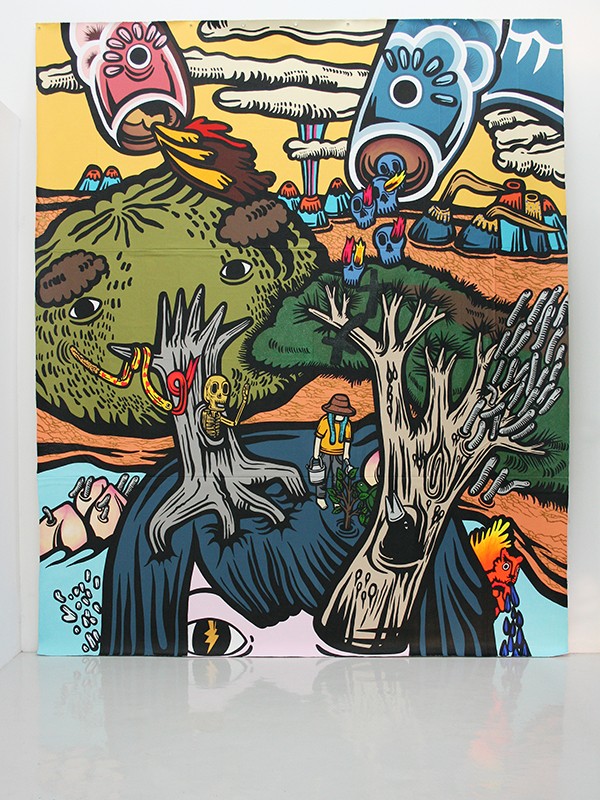
-2000-3000.jpg)
va_of_Peace_Holding_Mushroom_Cloud-2000-3000.jpg)
_at_8Q_Singapore-2000-3000.jpg)